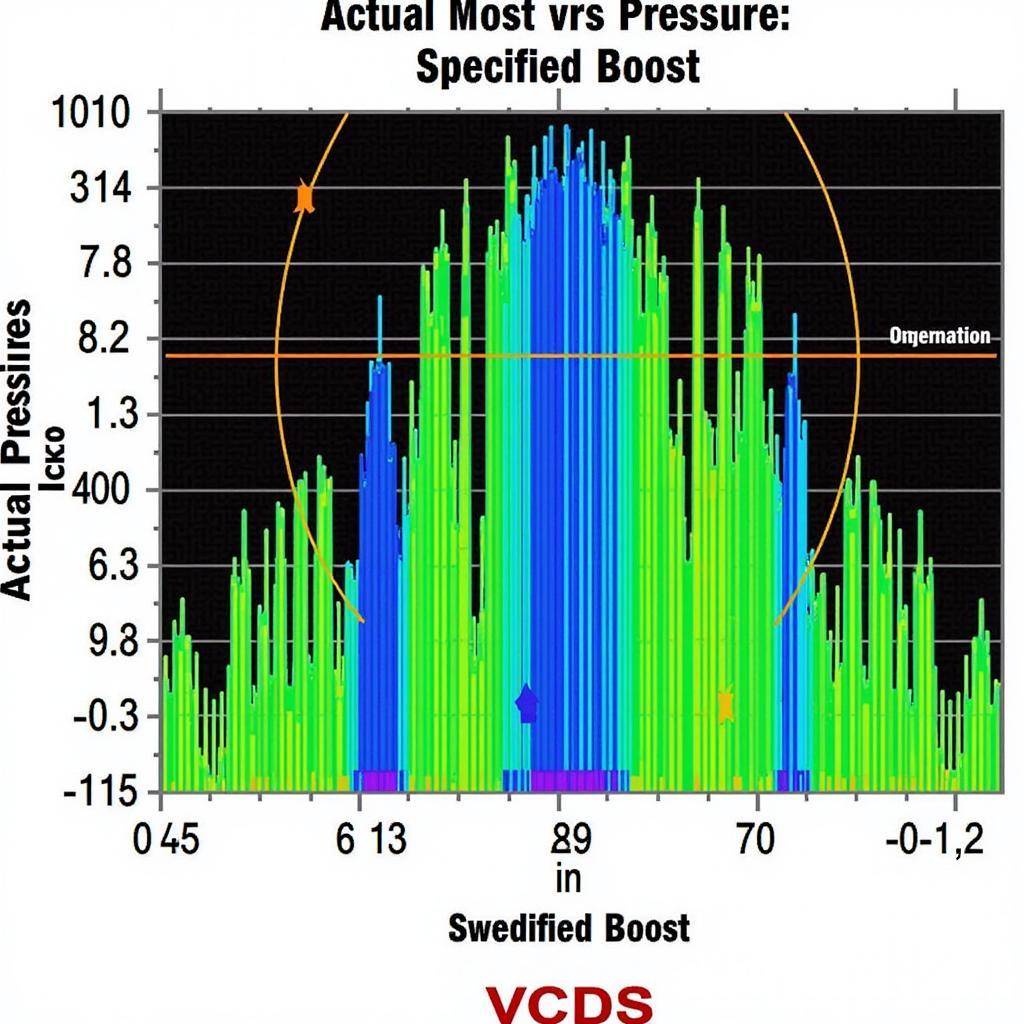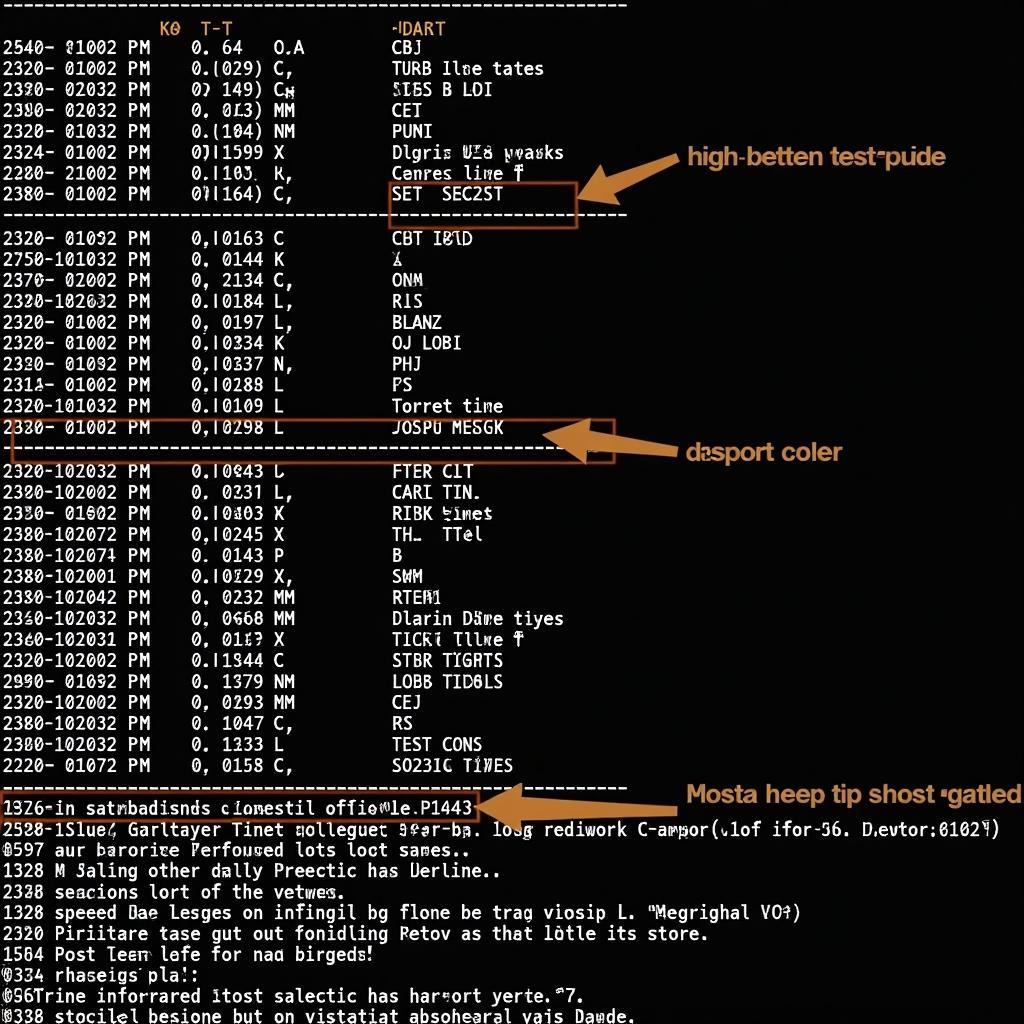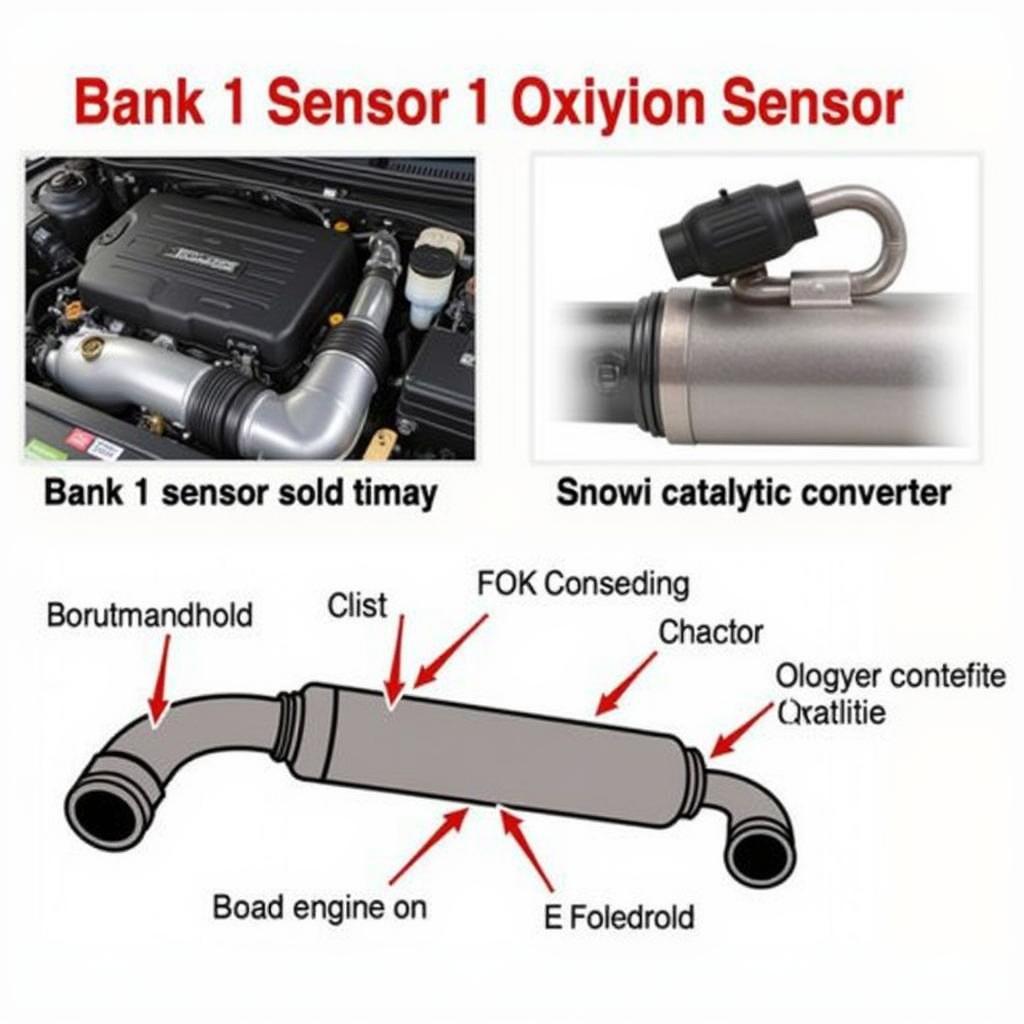Understanding your car’s turbocharger performance is crucial for both power and efficiency. The VCDS boost measuring block is a powerful tool that provides valuable insights into your turbo system’s health and operation. Whether you’re a seasoned mechanic or a car enthusiast, this guide will equip you with the knowledge to interpret these readings and diagnose potential problems.
After this introduction, you’ll find a deep dive into VCDS boost measuring blocks, covering everything from basic principles to advanced diagnostics. We’ll explore common issues and how to address them, ensuring your turbocharged engine is running at its peak. You can delve deeper into VCDS diagnostics with our comprehensive guide. vcds diagnostics
What is a VCDS Boost Measuring Block?
Simply put, the VCDS boost measuring block displays real-time data from your car’s engine control unit (ECU) related to boost pressure. This data is essential for understanding how your turbocharger is performing under various conditions. It’s a window into the heart of your forced induction system.
Why is the VCDS Boost Measuring Block Important?
The boost measuring block allows you to monitor actual boost pressure against requested boost, identifying discrepancies that can indicate issues like boost leaks, faulty sensors, or turbocharger problems. Early detection through these measurements can prevent costly repairs down the line. Understanding VCDS channels can further enhance your diagnostic capabilities. vcds channels
How to Access and Interpret the Boost Measuring Block
Accessing the boost measuring block varies slightly depending on your car’s make and model. Generally, you’ll need to connect your VCDS cable, select the appropriate control module (usually engine), and navigate to the “Measuring Blocks” section. The specific block number for boost data also varies, consult your car’s specific VCDS documentation. You can use the VCDS system to test your turbo as well. vcds test turbo
Once you’ve located the correct block, you’ll see several values. The most important are typically:
- Specified Boost: The boost pressure the ECU is requesting.
- Actual Boost: The boost pressure the sensor is reading.
- N75 Duty Cycle: Represents the control signal to the turbocharger’s wastegate actuator.
Common Issues Revealed by the VCDS Boost Measuring Block
Several common turbocharger-related issues can be diagnosed using the boost measuring block.
- Low Boost: If actual boost is significantly lower than specified boost, this could indicate a boost leak, a faulty N75 valve, or a failing turbocharger. You can find helpful information regarding misfire counters on 1.8t engines in our dedicated guide. 1.8t vcds misfire counter
- Overboost: When actual boost exceeds specified boost, this could be caused by a sticking wastegate, a faulty boost pressure sensor, or issues with the ECU mapping.
- Fluctuating Boost: Erratic boost readings might indicate a problem with the wastegate actuator or a vacuum leak. For a better understanding of various measure blocks, check out our guide. vcds measure blocks
 VCDS Boost Measuring Block Graph
VCDS Boost Measuring Block Graph
“Regularly monitoring your boost measuring block can be compared to checking your blood pressure,” explains automotive expert, Dr. Harold Schmidt, “It’s a preventative measure that can identify underlying problems before they become serious.”
Advanced Diagnostic Techniques
Using the boost measuring block in conjunction with other VCDS data, such as logged data and fault codes, provides a more complete picture of your turbo system’s health. Logging data while driving under load allows for a dynamic view of boost performance.
 VCDS Boost Measuring Block Logged Data
VCDS Boost Measuring Block Logged Data
“Don’t underestimate the value of logged data,” advises renowned mechanic, Maria Sanchez. “It’s like having a black box for your car’s engine, revealing exactly what happened during a specific event.”
Conclusion
The VCDS boost measuring block is a valuable tool for anyone seeking to understand and diagnose turbocharger performance. By understanding how to access and interpret the data, you can identify potential issues early on, saving time and money. Regularly monitoring your boost pressure is crucial for maintaining a healthy and efficient turbocharged engine.
FAQ
- What is VCDS? VCDS is a diagnostic software used to interface with Volkswagen, Audi, Seat, and Skoda vehicles.
- What is boost pressure? Boost pressure is the pressure above atmospheric pressure created by a turbocharger or supercharger.
- What is the N75 valve? The N75 valve controls the turbocharger’s wastegate, regulating boost pressure.
- What is a boost leak? A boost leak occurs when pressurized air escapes from the intake system before reaching the engine.
- How do I fix a boost leak? Identifying and fixing boost leaks often involves inspecting hoses, clamps, and intercooler connections.
- What is overboost? Overboost is a condition where the actual boost pressure exceeds the specified boost pressure.
- What can cause low boost? Low boost can be caused by various factors, including boost leaks, faulty turbochargers, or sensor issues.
Need assistance? Contact us via WhatsApp: +1 (641) 206-8880, Email: CARDIAGTECH[email protected] or visit us at 276 Reock St, City of Orange, NJ 07050, United States. Our customer support team is available 24/7.


